(NB&CL) For Vietnamese people, the concept of the 12 zodiac animals is very close and familiar, because almost everyone knows the 12 zodiac animals and their "year of birth". However, not everyone fully understands the origin of the 12 zodiac animals in the Zodiac as well as the presence of the zodiac animals in folk art, their application in daily life...
"Vietnamizing" the concept of the 12 zodiac animals
In Eastern culture, every lunar year, people welcome a new symbolic animal to represent that year, called the “zodiac animal”. This cycle rotates every 12 years, corresponding to the 12 zodiac animals. This is a unique beauty in the traditional culture of many East Asian countries, including Vietnam.
According to researchers, the origin of the 12 zodiac calendar is believed to be related to the totem worship of ancient people from primitive times. In addition, the zodiac originates from the ancient Chinese concept of Heavenly Stems, Earthly Branches and Twenty-Eight Mansions; the 12 animals in the 12 zodiacs symbolize the 12 Earthly Branches, which are the names of the constellations in the sky.
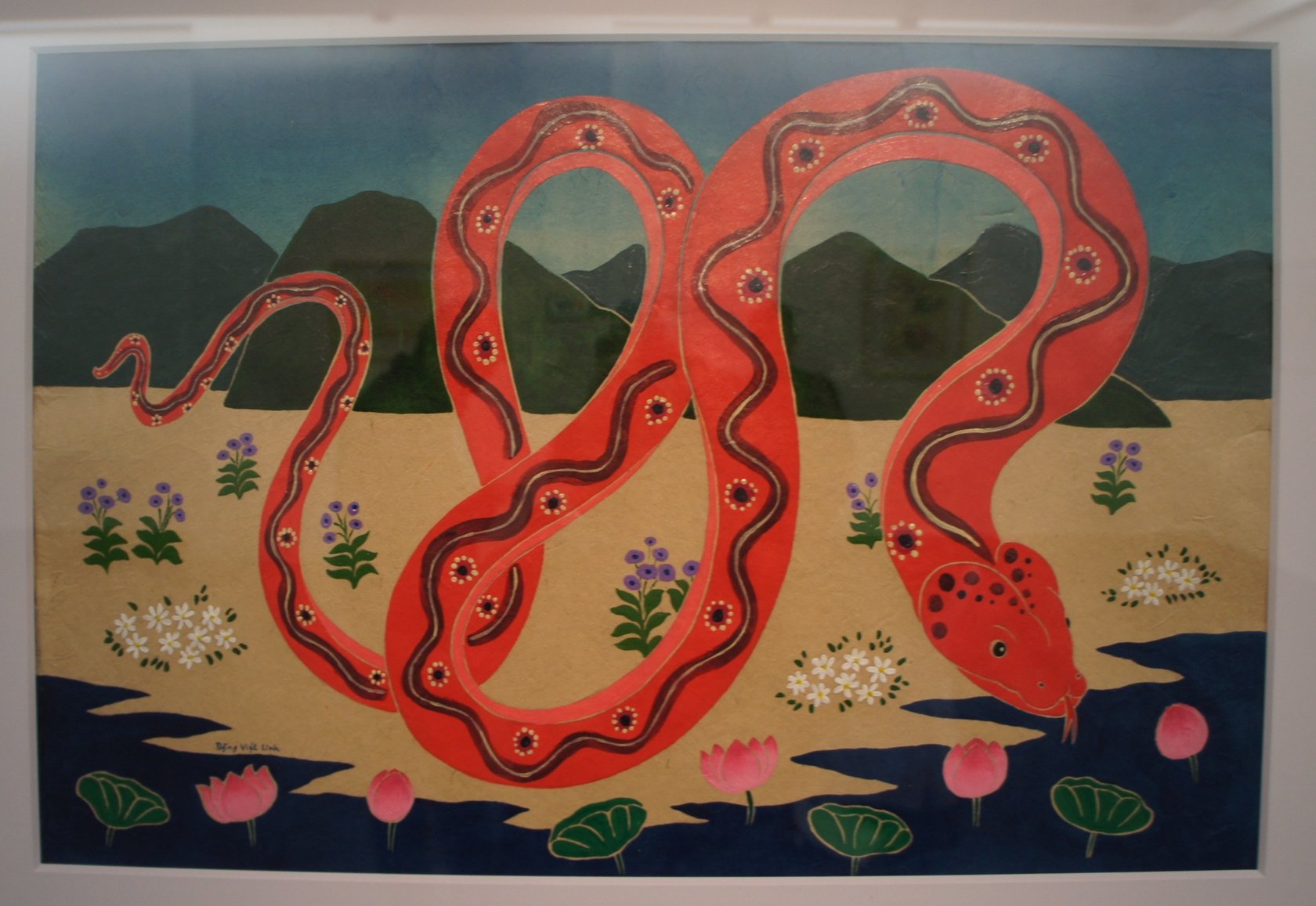
The image of a snake in the exhibition “12 Zodiacs” by artist Dang Viet Linh. Photo: T.Toan
According to Dr. Pham Thanh Tinh - Institute of Southeast Asian Studies (Vietnam Academy of Social Sciences), Vietnamese, Japanese and Korean people all use elements borrowed from Chinese culture, but each ethnic group "modifies" it according to their own consciousness. In Sino-Vietnamese, "con giap" or "sinh tieu", the word "sinh" refers to the year of birth of a person; "tieu" refers to the similarity between humans and animals. Vietnamese people call "sinh tieu" "cam tinh" (cam: holding, tinh: animal spirit), this is a nom interpretation based on the two original Chinese words "tinh cam". At the same time, Vietnamese people also believe that people born in a year have the personality and destiny of that year's zodiac animal.
Many studies have also shown that the custom of using the Heavenly Stems and Earthly Branches to calculate time is a product of the process of cultural development. This method is not only vivid, easy to remember and reasonable, so from the time it first appeared, the type of "animal calendar" was not only quickly accepted by the ancients but is still popular today.
For Vietnamese people, although currently using the solar calendar, the 12 zodiac calendar is still used to serve many important tasks such as calculating age, choosing good dates to do important things such as weddings, building houses, openings... Therefore, the 12 zodiac system is a long-standing intangible cultural heritage that needs to be preserved and maintained in the current integration process.
From the perspective of a cultural and artistic researcher, Associate Professor, Dr. Tran Thi Bien believes that all the animals in the 12 zodiac animals are given symbolic meanings by Vietnamese people in terms of religion and belief, expressing the wish for a good and happy life in a year. Ms. Bien cited that the Vietnamese use the mouse as a symbol of intelligence, agility, and resourcefulness; the buffalo is associated with the rice civilization and is associated with the virtues of diligence, perseverance, and steadfastness. Meanwhile, the tiger is considered a symbol of strength, authority, and protection to bring peace to everyone...
“In particular, all the animals in the 12-animal system have been incorporated into Vietnamese culture and art to serve their spiritual life. In the 17th-century Dong Ho folk painting “The Wedding of the Rats”, the images of cats and rats speak of the current state of social life at that time, criticizing the chaos and even the uncertainties and conflicts in society,” Ms. Bien commented.
In addition, Associate Professor, Dr. Tran Thi Bien said that the image of the buffalo and the tiger are also mentioned a lot in traditional decorative designs. Buffaloes also appear in intangible cultural heritages, such as the buffalo fighting festival, where people respectfully call them "buffaloes". The image of horses also appears a lot in the cultural life of Vietnamese people: Horses are carved on wood, on stone; horses are sacred animals, appearing a lot in tombs, temples with statues symmetrically facing on both sides, horses are the mount of Buddha in Buddhism, horses appear in votive offerings for worship...
Regarding the dragon, Associate Professor Dr. Tran Thi Bien emphasized that although this is an unreal animal, it is a sacred animal and is "constantly" present in decorative motifs in folk cultural and artistic life. "Since the Ly Dynasty, when we gained independence and autonomy, the image of the dragon began to appear with Vietnamization," Ms. Bien commented.
According to the analysis of Associate Professor, Dr. Tran Thi Bien, the variations of dragon image creation in the periods after the Ly Dynasty were all associated with the theocratic social life of each period. The art of dragon image creation from the influence of Buddhism to reflect the strength and power of the royal power throughout the decorative arts of the Vietnamese people until the 19th century, early 20th century. However, from the 16th century, when village pagodas spread to village life, the image of the dragon lost its sacredness and royal power to become closer to the people.
“That shows that the Vietnamese dragon symbol is different from the dragon in China and other countries. Vietnamese people use the dragon symbol to celebrate the beauty of life, celebrate the spiritual beauty of people and convey their aspirations for love of their homeland and love between couples. The Vietnamese dragon symbol has become both sacred and real,” Associate Professor, Dr. Tran Thi Bien assessed.
Similarly, with other animals in the 12 zodiac signs, Associate Professor Dr. Tran Thi Bien also believes that Vietnamese people have transformed and incorporated them into culture and art with many layers of meaning that still retain their value today.
Snake - a sacred and familiar animal
Regarding the representative animal of the year of At Ty 2025 - the snake, according to Associate Professor, Dr. Tran Thi Bien, in human psychology there is more or less antipathy because they think that snakes are poisonous and not very friendly. However, like other animals in the 12 zodiac animals, Vietnamese people often exploit the typical, good elements from the animal with the wish for a peaceful, joyful, and lucky new year. Therefore, the snake is highly valued for its meaning of strength, longevity, or sacrifice. In folk culture, the image of the snake appears in legends in many places in the Northern Delta with the image of the characters Mr. Coc, Mr. Dai helping people build dikes against floods or the image of Thanh Xa, Bach Xa in temples, shrines, and palaces...
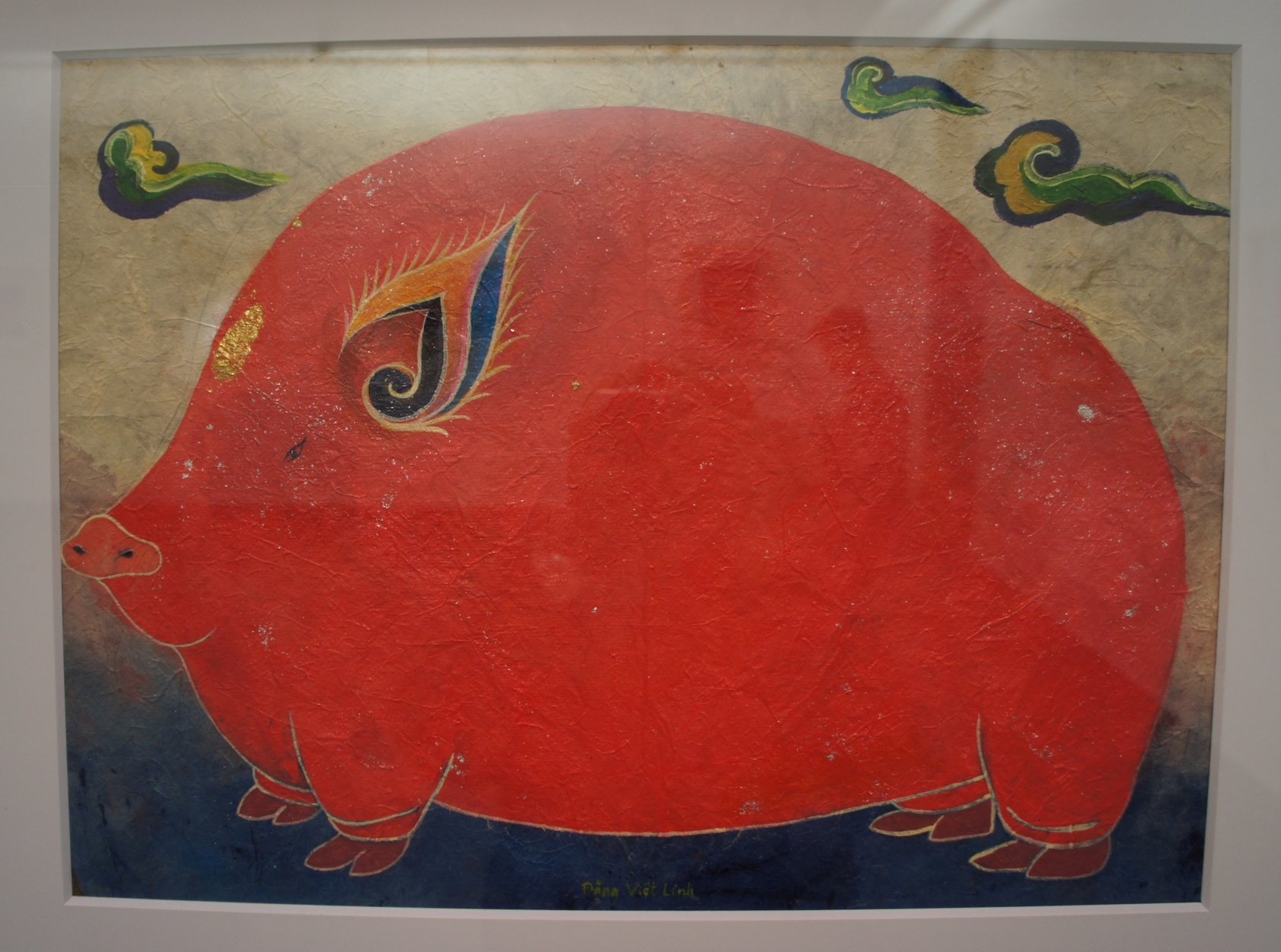
Pig painting in the series “12 Zodiac Animals”, made of Do paper by artist Dang Viet Linh. Photo: T.Toan
“Snakes are close to humans, but Vietnamese people have made them more sacred by bringing them into their cultural and religious life. At the same time, snakes also carry symbols that wish people good things as well as hope that future generations will have development and longevity,” said Ms. Bien.
Speaking to the Journalist and Public Opinion Newspaper, Associate Professor, Dr. Tran Thi Bien said that during a field trip in April 2024, the research team discovered at Khe Tang communal house (Thanh Oai, Hanoi) a relief carving of a young man wearing a loincloth and carrying a large snake on his shoulder. Compared to the usual motif of the "dragon's jaw burial" story explaining the origin of Dinh Bo Linh, instead of holding his father's coffin and putting it into the dragon's mouth as usual, the young man here holds the two words "longevity" in his hand. This shows that the symbol of the snake's immortality in the Vietnamese mind is very close to the symbol of the snake's rebirth in the Western concept.
“In the 12 zodiac animals, each animal has its own advantages and disadvantages, but when artistically transforming it, Vietnamese people always promote its beauty as well as look at its virtues and good aspects. Through research from traditional to contemporary art, we see that the application of the 12 zodiac animals is always used in life. For example, in the upcoming year of At Ty, there are many decorative symbols of living spaces with the image of snakes used in many different ways. That is the application of art, connecting the traditional and the contemporary”, Associate Professor, Dr. Tran Thi Bien shared.
The Vu
Source: https://www.congluan.vn/hinh-tuong-12-con-giap-trong-van-hoa-viet-post330632.html







![[Photo] Prime Minister Pham Minh Chinh receives Mr. Jefferey Perlman, CEO of Warburg Pincus Group (USA)](https://vstatic.vietnam.vn/vietnam/resource/IMAGE/2025/4/18/c37781eeb50342f09d8fe6841db2426c)
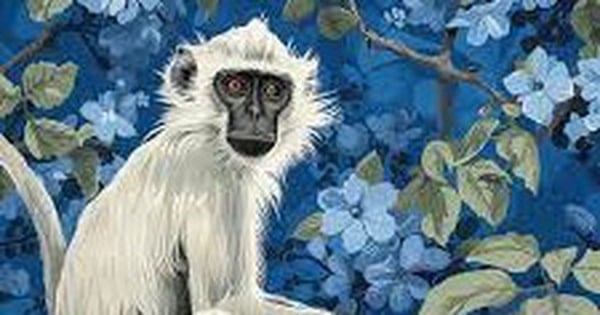

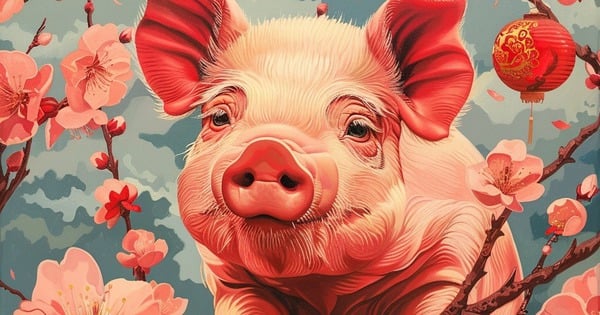
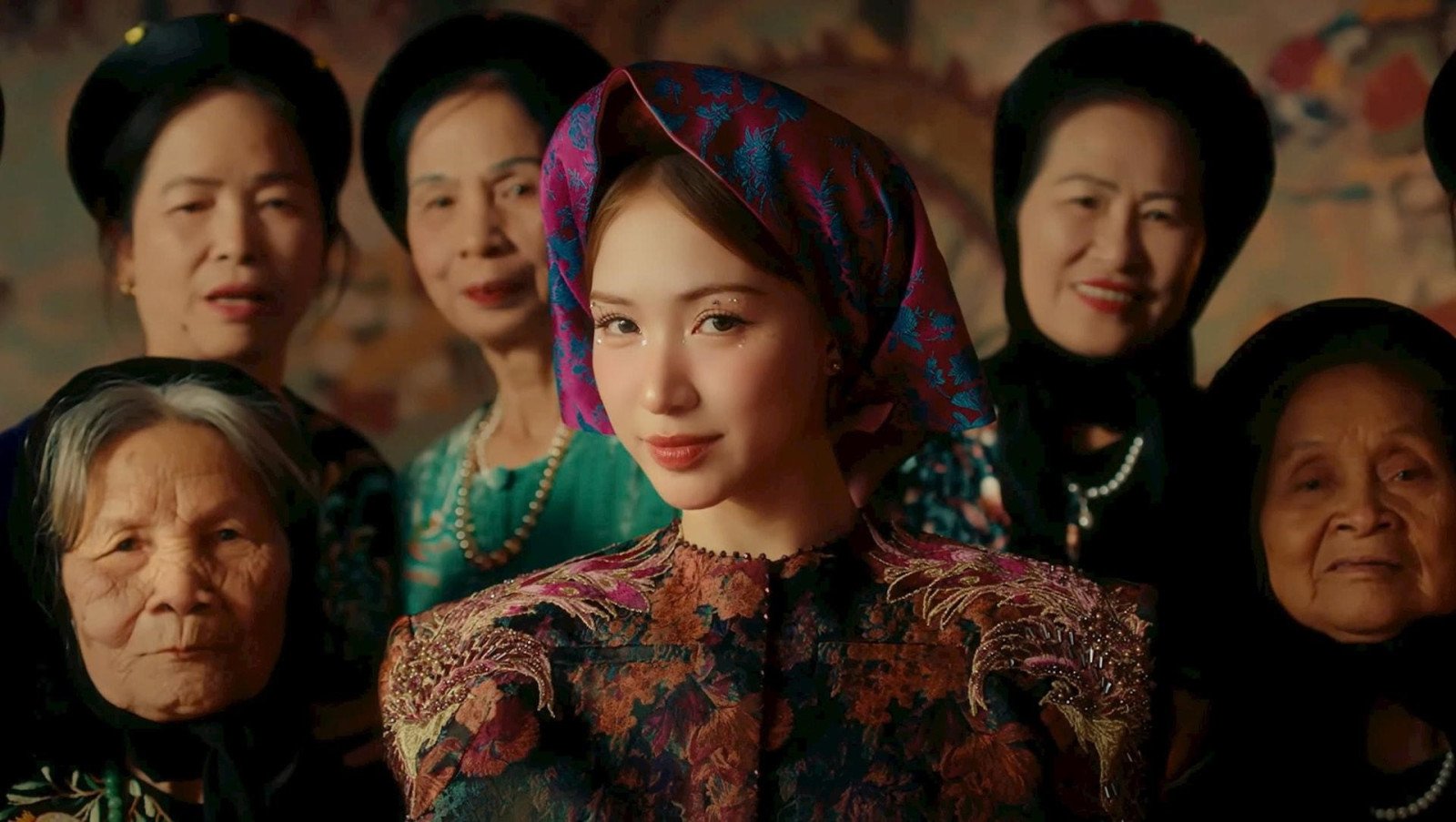

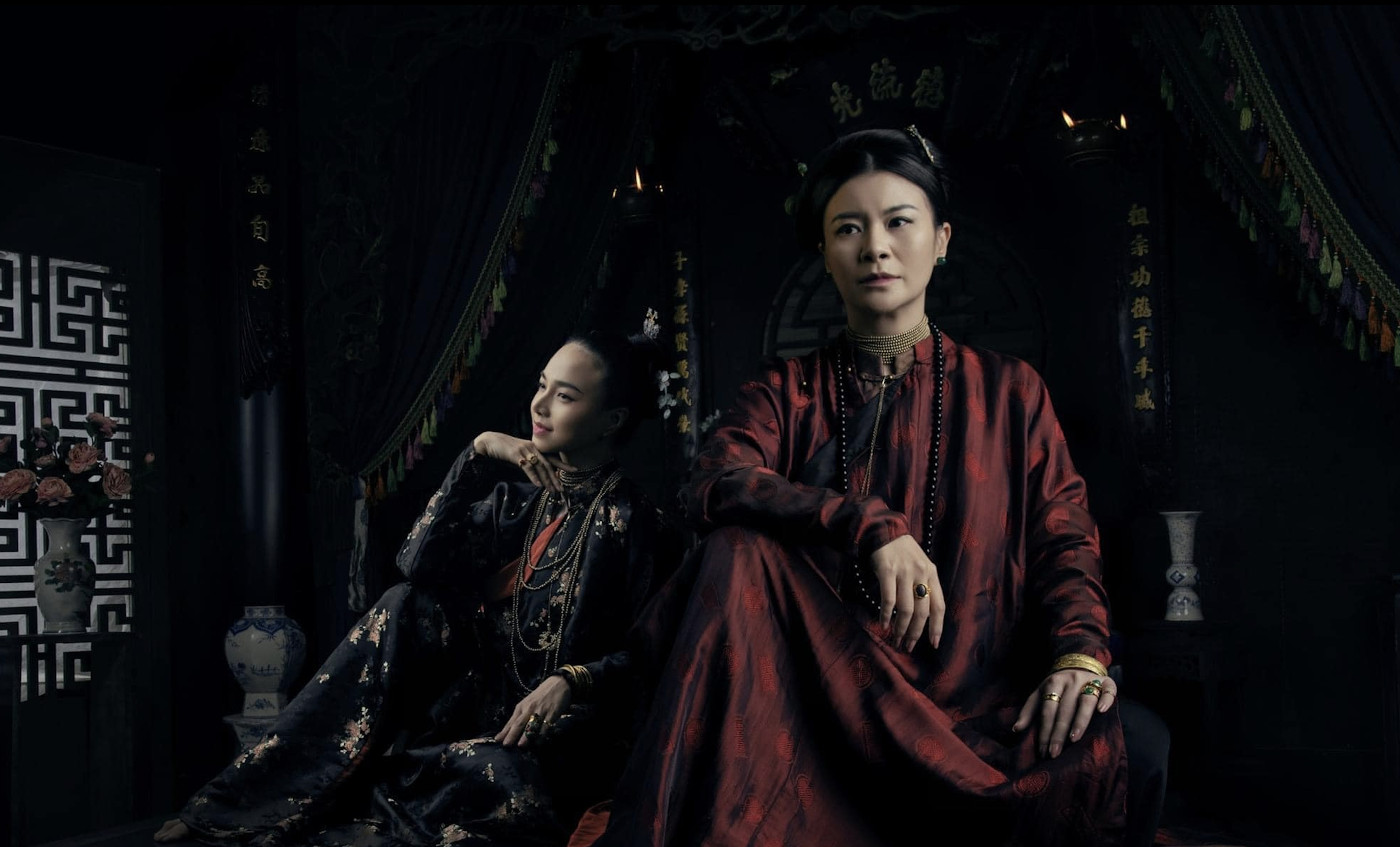
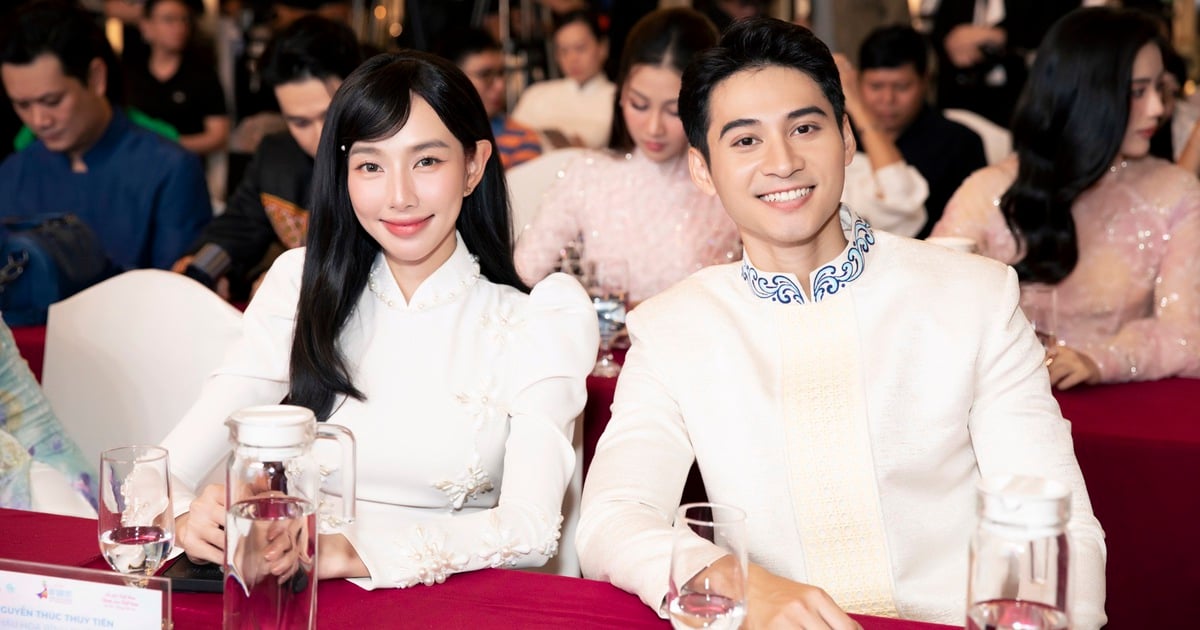

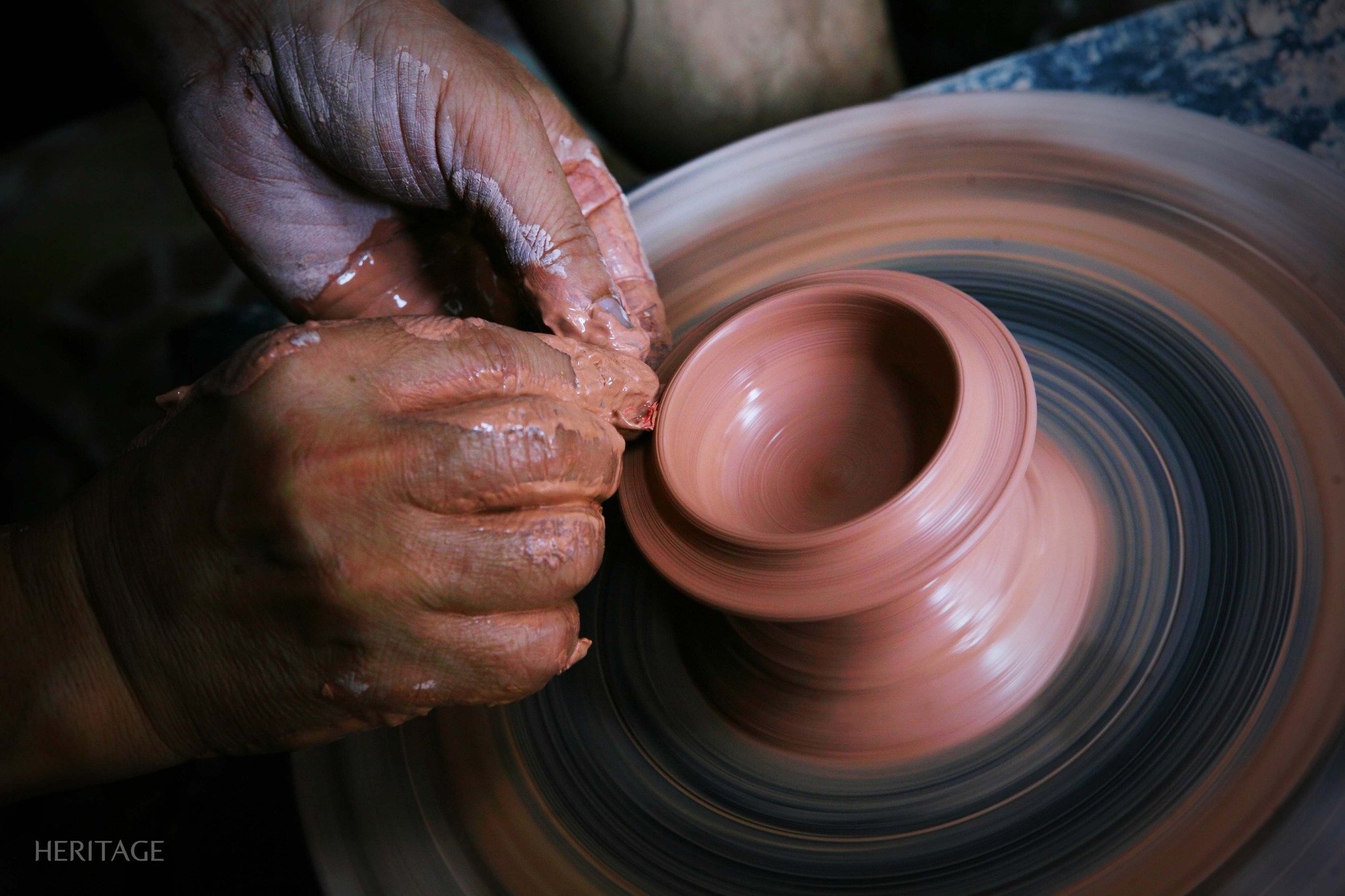













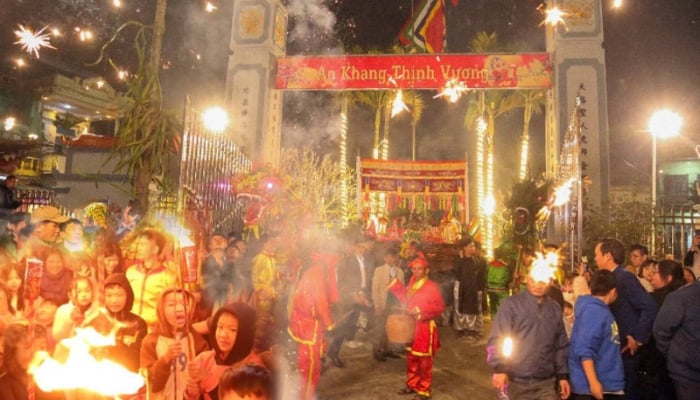
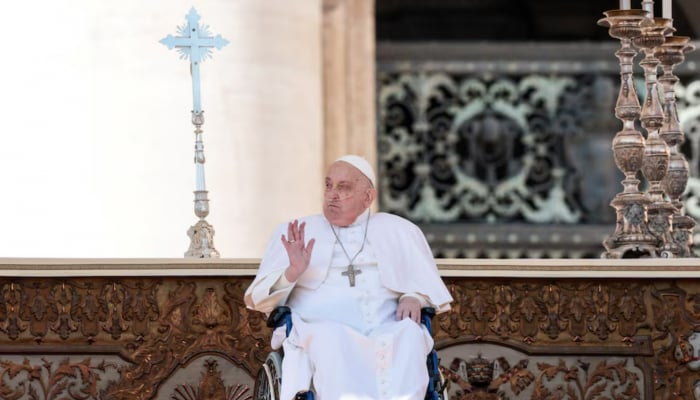
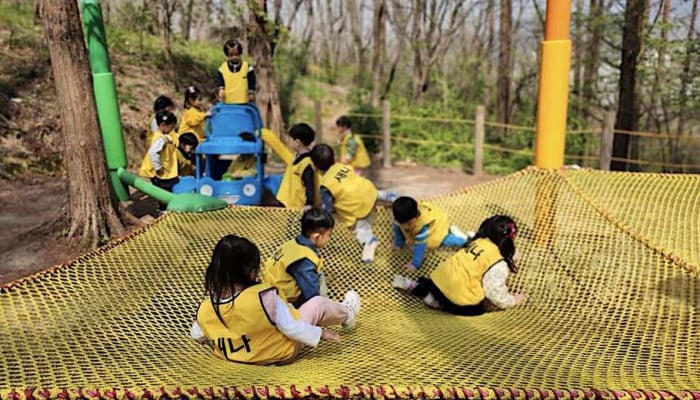




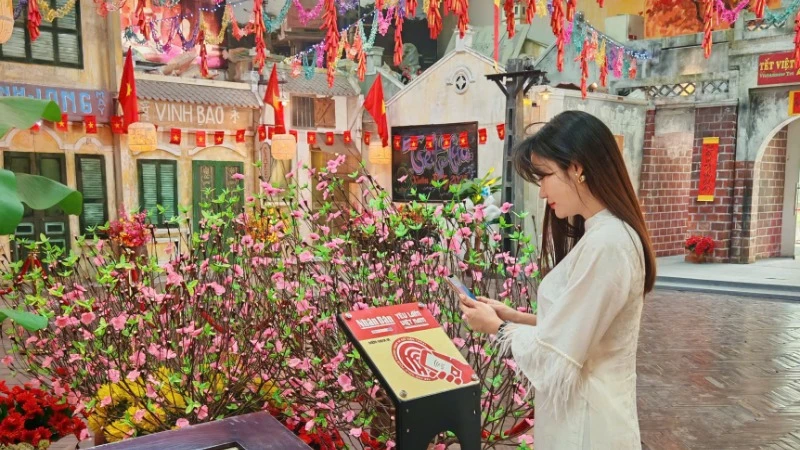















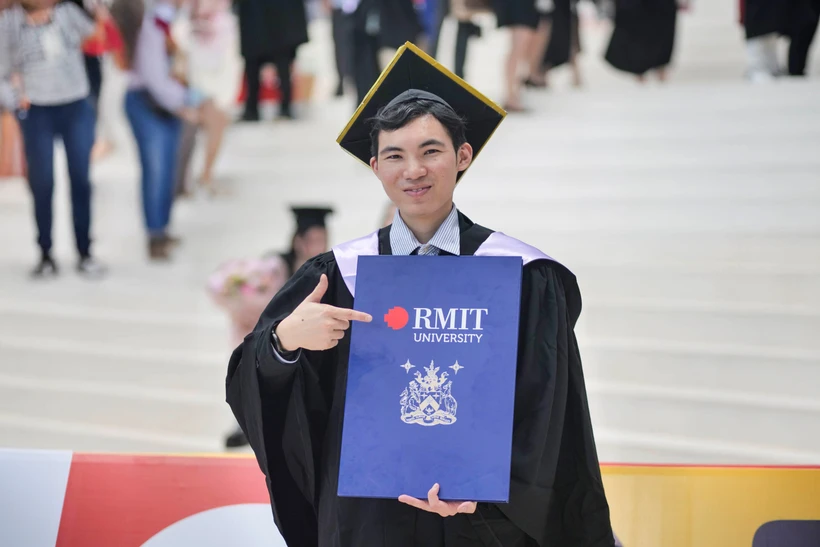





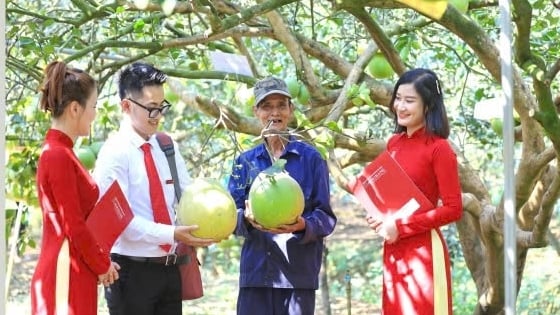







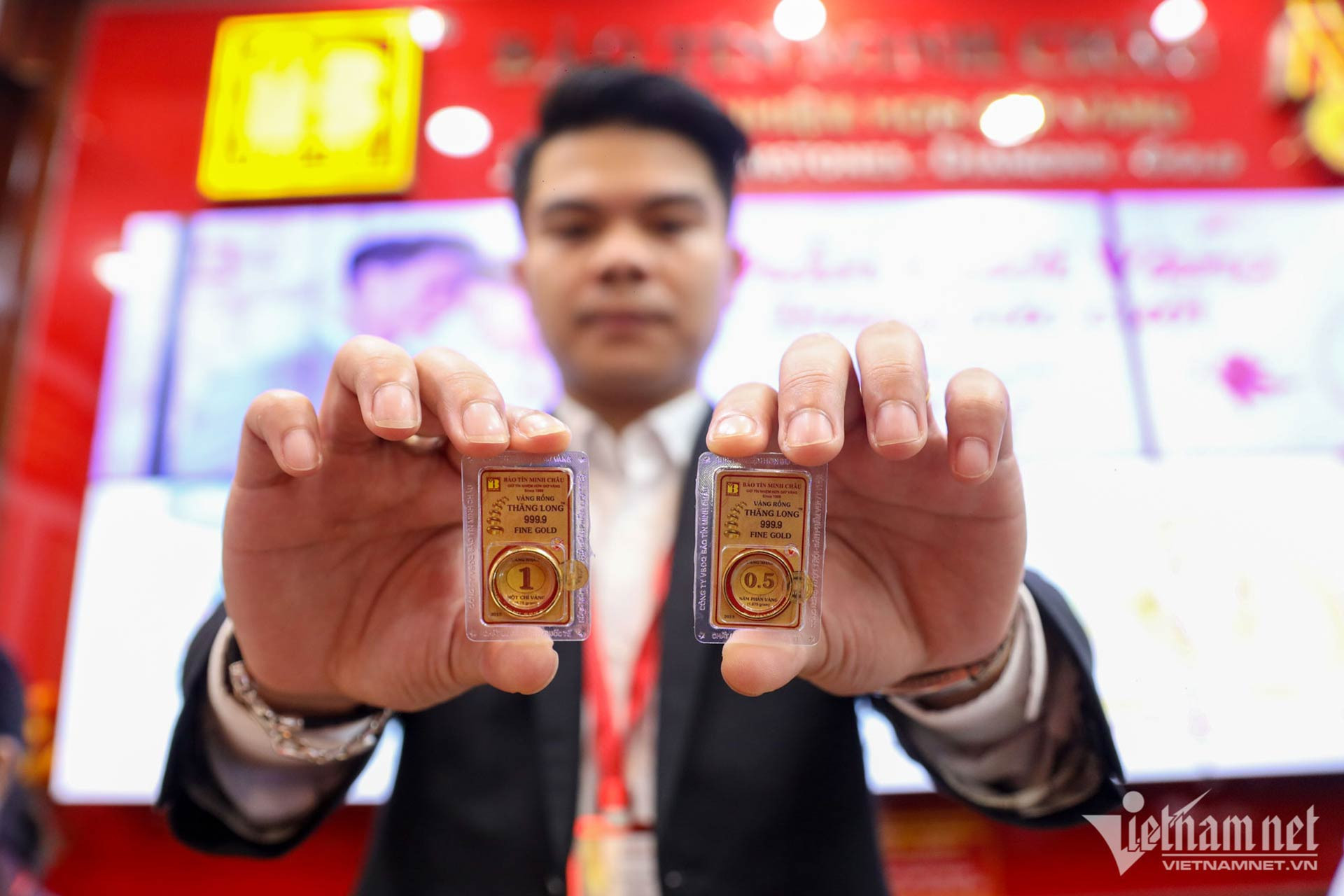















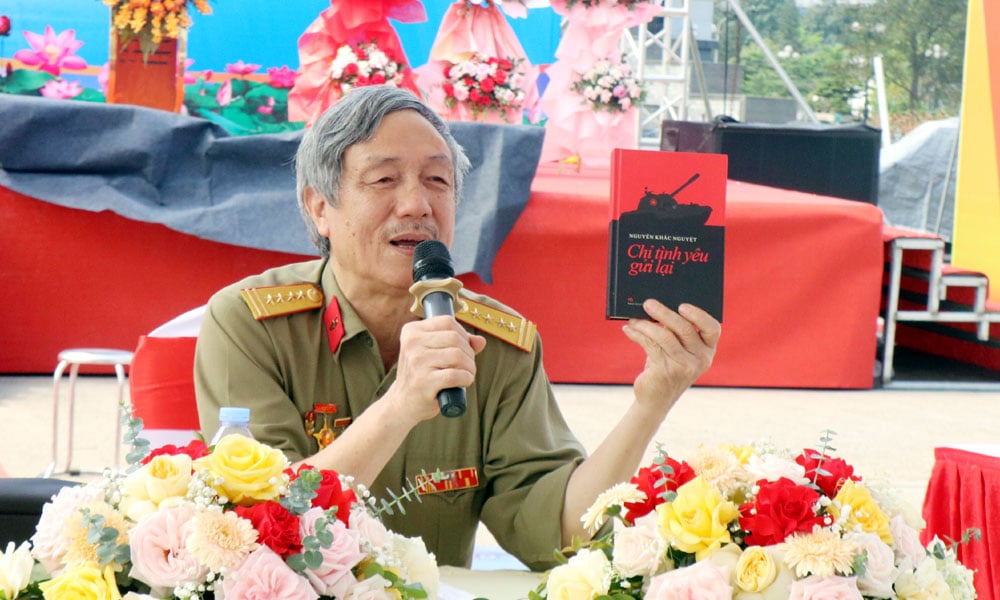









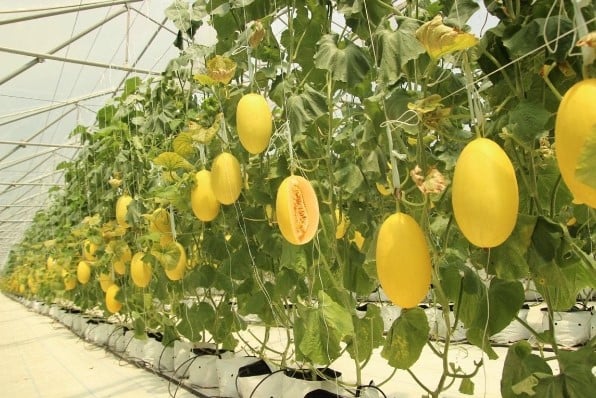
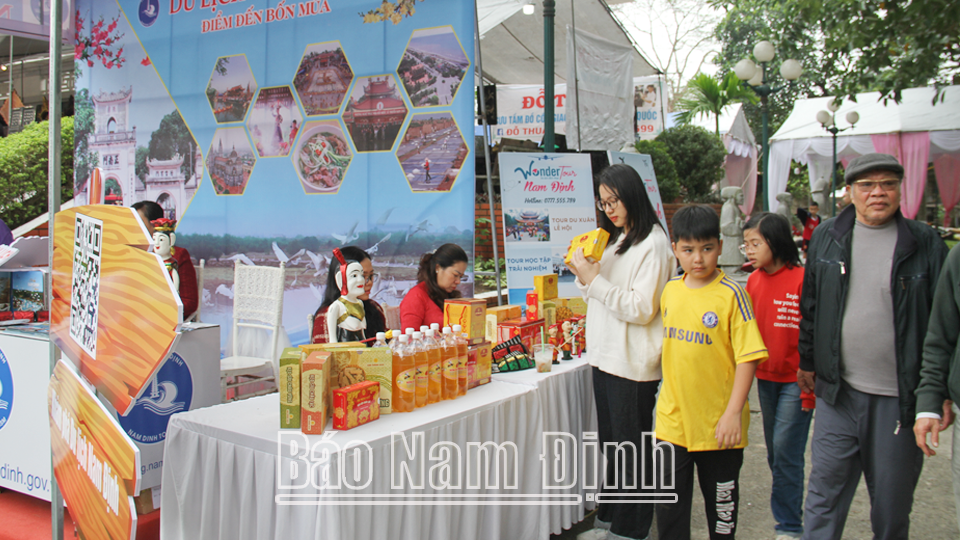



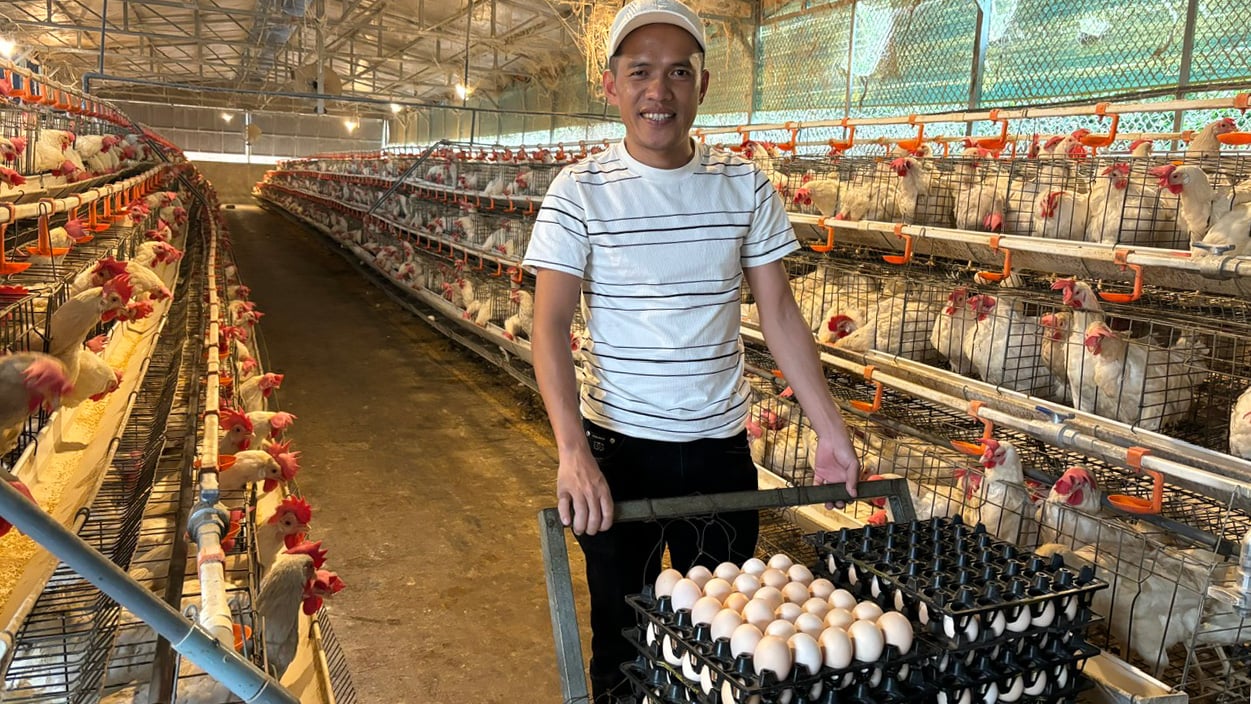

Comment (0)